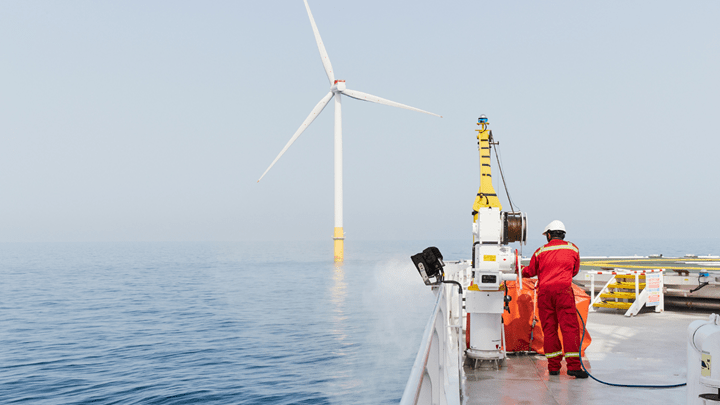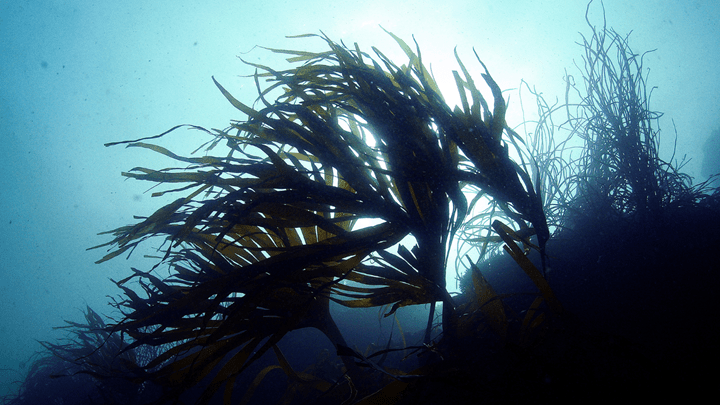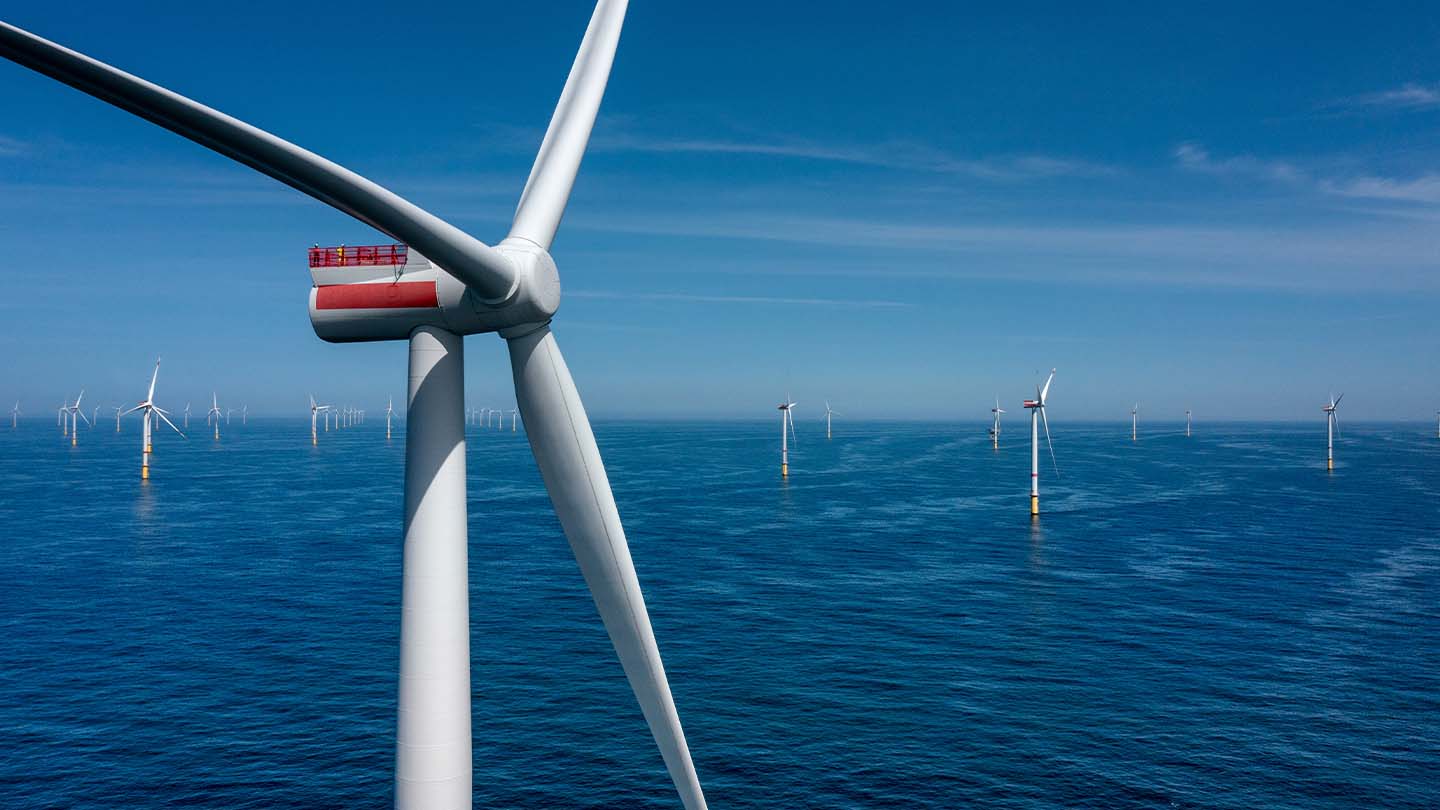Offshore wind: Delivering what imported fuels can't
Offshore wind provides homegrown energy at gigawatt scale, offering the security of independence from imported fossil fuels and a far greater degree of price stability, and benefits for biodiversity. It's already created tens of thousands of direct and indirect jobs across local and national economies – and of course, a massive reduction in greenhouse gas emissions.
This technology has become the cornerstone of many countries' renewable energy systems, balancing supply with solar and onshore wind. Thanks to its scale and efficiency, and the concentration of power-hungry cities and industries near to coastlines, offshore wind is also essential to meet the growing need for electricity. Demand is expected to double between 2025 and 2050, thanks to the electrification of industry and everyday life.
The task of generating energy is simply too important to rely on fuels imported from potentially hostile nations. Offshore wind can deliver a central part of the alternative.








